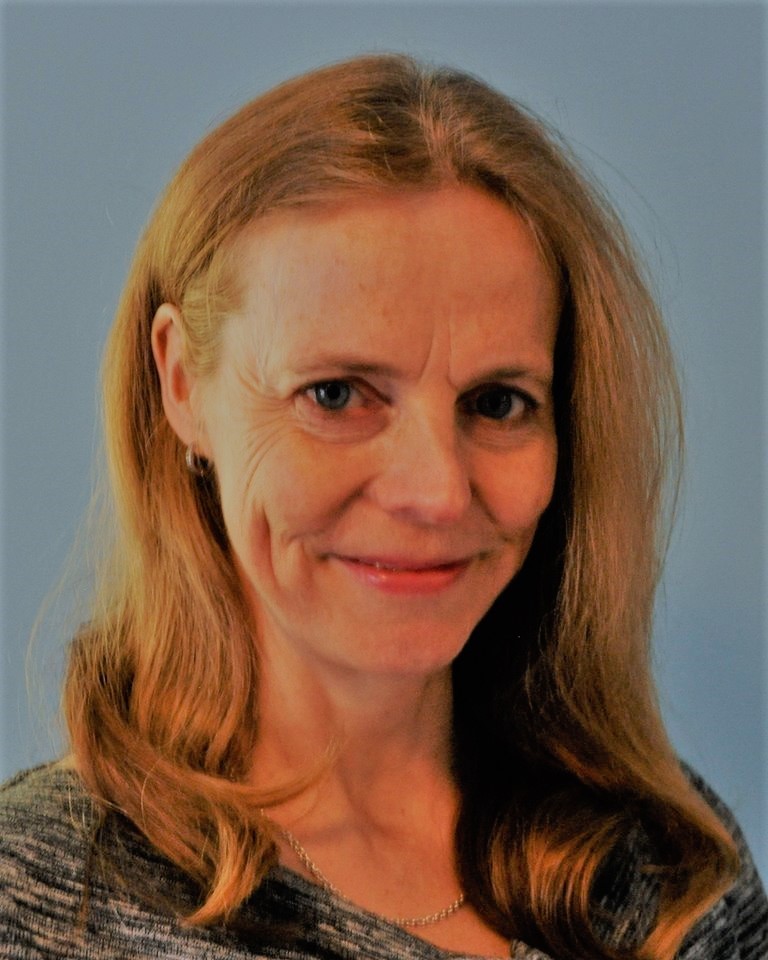Community – a feeling of fellowship with others, as a result of sharing common attitudes, interests, and goals; joint ownership or participation
Solar – utilizing the sun’s rays, especially to produce heat or electricity
Everybody likes the idea of solar energy, but only a fraction of homes are suitable for solar panel installation, so when I was recently introduced to the concepts of community solar I found the idea intriguing.
Simply stated, the purpose of community solar is to provide members of a community access to the benefits of solar power even if they cannot install solar panels on their own property.
Community solar projects allow the surrounding residents to directly purchase a share or subscribe to a portion of the electricity produced from the solar panels in an installation. Most projects have a restricted list of eligible zip codes to make sure the electricity produced stays local.
This work is part of a larger movement to democratize our energy systems. Energy democracy means centering community ownership, decision-making, and equity at the heart of a renewable energy economy.
Energy democracy presents a response to the global energy war and joins the environmental and climate movements with broader efforts towards social and economic change. It expands access to solar for all while building a stronger, more distributed, and more resilient electric grid.
Community solar projects can take several forms from community group purchasing, off-site shared solar, or on-site shared arrays, to community-driven financial models.
Community group purchasing allows for reduced costs through bulk purchasing of solar panels and installation. An organizer identifies a group of purchasers and receives a sizable discount (up to 30 percent) on installation costs.
LIPC’s work in community solar currently focuses on community group purchasing with houses of worship and other nonprofit organizations on Long Island (https://powerupsolarli.wordpress.com/).
Off-site shared solar refers to, as the name says, an off-site installation of solar panels whose cost of installation and generated power are shared by a community of users. These arrays usually take the form of a solar “farm” or “garden.”
Any ratepayer can subscribe to panels in the array and get credited on their electric bill as if the panels were on their own roof.
On-site shared solar refers to the same concept as above with the difference that the installation of solar panels is on-site, for example on the roof of a multi-unit building and residents or tenants can subscribe.
Off-site or on-site shared arrays can be developed and owned by either a utility, a developer, a non-profit organization, or tenants directly.
Community-driven financial models involve private investors and donors funding solar installations in low-income communities. Residents, in turn, reap the cost savings.
For any of these models to make financial sense to potential customers, a state needs to have enacted some sort of virtual net energy metering legislation. Virtual net energy metering offers weighted credits determined by your portion of a solar array, which helps account for the kWh of energy that your solar panels are generating.
With virtual net metering, you can receive credits even if the project is off-site. Sixteen states across the country, including New York, have incentivized community solar through some form of virtual net metering legislation. Subscribers may see reduced electricity rates for as long as 25 years.
On April 18, 2019, New York State Public Service Commission established a mechanism to transition to a new way to compensate distributed energy resources, like solar power. This mechanism, called the Value of Distributed Energy Resources or the Value Stack, replaces the original net energy metering.
VDER compensates projects based on when and where they provide electricity to the grid. I spoke to some closely involved with community solar projects that are currently very skeptical of VDER. They believe the new calculation will be detrimental to the economic benefits of community solar.



